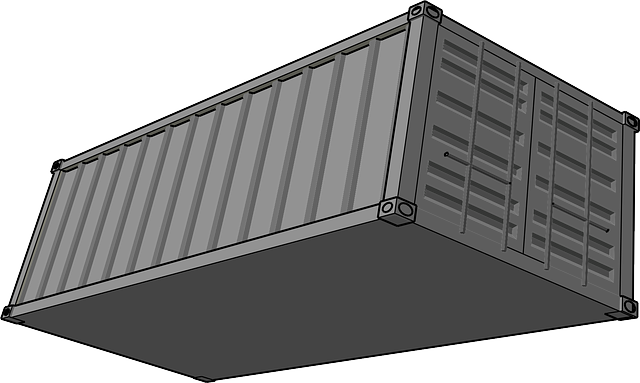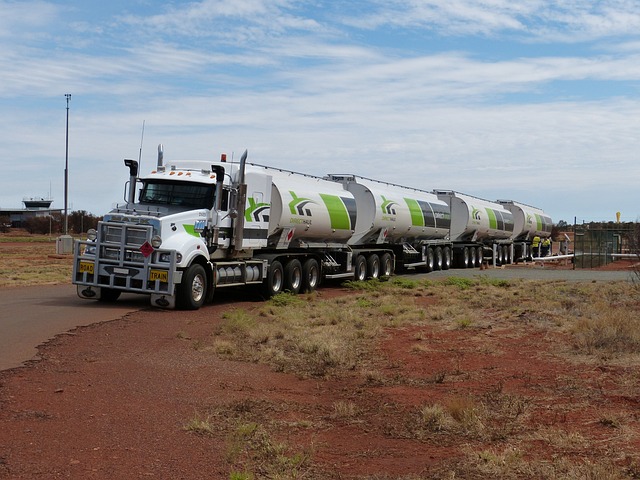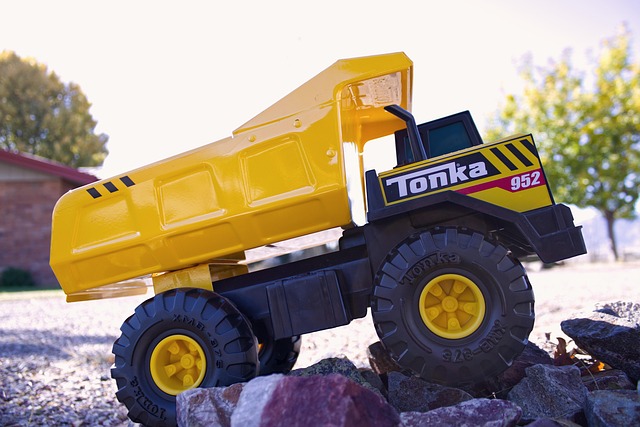Small fleet insurance addresses unique challenges like managing diverse vehicle risks and adhering to strict regulatory compliance. Liability coverage is crucial, protecting operators from financial burdens of accidents or damage by extending beyond damages to include legal fees. Crafting a comprehensive policy involves evaluating operational risks, ensuring adequate liability protection tailored to specific fleet needs at optimal costs, with collaboration from experienced insurance brokers.
Navigating the insurance landscape for small fleets can be a complex task, but understanding the unique challenges can streamline the process. This article guides you through the intricacies of insuring multiple vehicles under one policy, focusing on key aspects such as liability coverage—essential for protecting your fleet from financial strain due to accidents or lawsuits. We’ll explore crafting tailored policies and optimizing costs without compromising adequate protection for your valuable assets.
Understanding the Unique Challenges of Small Fleet Insurance

Small fleet insurance presents a unique set of challenges that differ from insuring individual vehicles. One of the primary concerns is managing risks associated with various types of vehicles and drivers under one policy. Each vehicle in a fleet has its own operational profile, posing different liability risks. From cargo trucks with diverse cargo types to passenger vans with varying passenger capacities, each poses unique claims potential.
Moreover, fleets often face stricter regulatory compliance requirements compared to individual owners. This includes maintaining specific safety standards, driver training programs, and vehicle maintenance records. Insurers need to consider these operational nuances to provide adequate liability coverage for fleets, ensuring that policy terms align with the fleet’s unique risk profile and regulatory obligations.
The Role of Liability Coverage in Protecting Your Fleet

Liability coverage plays a pivotal role in protecting small fleets, offering crucial shield against potential risks and financial burdens. It safeguards against claims arising from accidents or damage caused by your vehicles during operation. This is essential, as even minor incidents can lead to significant legal liabilities and costly repairs. By incorporating comprehensive liability coverage into your fleet insurance policy, you ensure that your business remains shielded against these unforeseen events.
This type of coverage extends beyond mere compensation for damages; it also includes legal fees and other related expenses associated with defense against claims. It’s a vital component in managing risks efficiently, enabling fleet operators to focus on their core operations without the constant worry of financial exposure. Effective liability coverage allows businesses to navigate the complexities of insuring small fleets under one policy, promoting peace of mind and operational continuity.
Crafting a Comprehensive Policy that Suits Your Needs

Crafting a comprehensive insurance policy tailored to your small fleet is crucial for ensuring optimal protection and peace of mind. It involves meticulously evaluating the unique risks associated with your operations, from vehicle types and usage patterns to driver backgrounds and safety records. A well-crafted policy should offer adequate liability coverage for fleets, protecting you against potential financial burdens arising from accidents or damages caused by your vehicles.
This process requires close collaboration with an experienced insurance broker who understands the intricacies of insuring commercial vehicles. They can help identify gaps in standard policies, suggest appropriate endorsements, and ensure that your coverage aligns with legal requirements and industry best practices. By taking this proactive approach, you’ll create a robust safety net, safeguarding your business interests and enabling your fleet to operate efficiently and securely.
Optimizing Costs While Maintaining Adequate Protection for Your Fleet

When insuring small fleets under a single policy, it’s crucial to find a balance between cost-effectiveness and adequate protection. One key strategy is to optimize coverage options, focusing on essential liability coverage for fleets while tailoring policies to specific needs. This might involve excluding low-risk vehicles or activities that don’t require extensive insurance, thus reducing premiums without compromising safety nets.
By carefully assessing fleet operations, business practices, and potential risks, insurers can design policies that provide comprehensive liability protection while keeping costs manageable. This approach ensures that small fleet operators receive tailored solutions that offer the right balance of security and affordability.
Insuring small fleets under one policy can streamline operations and optimize costs, but it requires careful consideration. By understanding the unique challenges, crafting a comprehensive policy that includes adequate liability coverage for fleets, and strategically optimizing costs, business owners can navigate these complexities effectively. This approach ensures their fleet remains protected while keeping financial burdens manageable.
